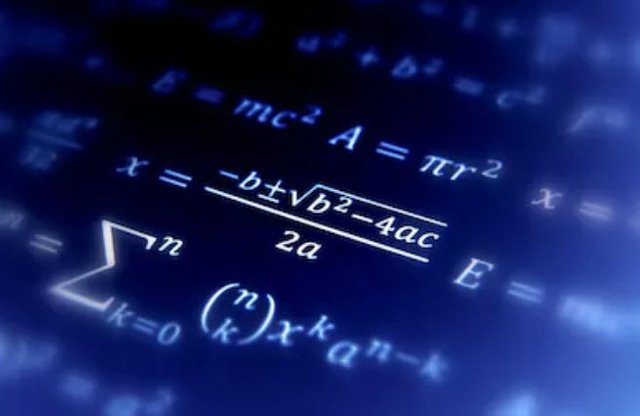What is the Singapore methodology of mathematics?
With this system the child learns to think from the resolution of mathematical problems, while exercising linguistic competence and creativity.
What if mathematics was not the most important thing in mathematics? On this thesis experts and teachers of Singapore rethink the traditional formulas of teaching this subject. The key to its success was an accurate diagnosis of what was happening in the classroom: over calculation, students spent the day routinely performing operations, little understanding of mathematical concepts, and memory processes without working on the thought or creativity.

In the words of Dr. Yeap Ban Har,
the way of teaching mathematics has become unnatural to the human mind. It does not involve interaction, it does not involve exploration or discussion, and that causes a problem. These skills of communicating, collaborating with others, critical thinking and creativity when solving problems, are skills that will help students in their day to day.
Yeap Ban Har (Penang, 1968) is a Ph.D. in Mathematics Education from the Nanyang Technological University in Singapore, and a professor at the National Institute of Education at this university. He is a prestigious specialist who teaches teacher training courses around the world.
What is the methodology?
This methodology, widely researched, is based on the work of the Primary students in the assembly at the beginning of each session, in which the children share their mathematical vision of a problem. The center of learning is no longer operations or calculations, but the resolution of problems. The reasoning and the explanation of the solution start from the student himself; the teacher changes roles to become a catalyst for learning in the classroom.
The key is to actively listen to the child and interact with guiding questions that help him explain his thinking and mentally solve the problem. Students become familiar with this type of question, and all of them, regardless of their ability with mathematics, develop skills to express their thoughts in an ever deeper way. The student is asked to speak, write and mathematically reason, to acquire strategies to solve problems.
With this method emphasis is placed on problem solving and cooperative learning. Great importance is attached to the experiential approach to each problem, and reflection is supported with everyday objects and manipulative elements to ensure the understanding of the concepts before moving to the pictorial and the symbolic. This is the progression described by the American psychologist and pedagogue Jerome Bruner. All the problems have been carefully researched in the classroom, to ensure that they promote the skills sought.
Much attention is paid to the balance between cooperative work and individual and autonomous activity, aimed at reinforcing the understanding and self-assessment of learning (metacognition).
It is about fostering critical thinking and reflection based on a problem; There is no longer a single way to solve it, but as many as there are children in the classroom:
This methodology means arriving at the same solution through different paths, without repeating or memorizing a single way as they do in the classrooms of half the world. Which method is better? Which is worse? ... Knowing this is very important, says Ban Har.
This innovative educational solution has been tested throughout an academic course in more than twenty centers that have valued this new learning model very positively: the student is the center of the mathematics session; and dialogue, reflection and manipulation have gained space in the face of memorization or the iteration of calculations learned by repetition.
Children know how to count but do not know what it is for. They know things mechanically ... And this is different. Children do not feel pressured because everything they say is worth it; and if it's wrong, nothing happens, we change it. So they lose their fear and participate more.
In addition to mathematical thinking, the method works other skills such as oral communication: language, the verbalization of problems and their possible resolution is one of its keys. They also prepare sessions where experience and manipulation by groups and individually helps children to better understand mathematical concepts.
